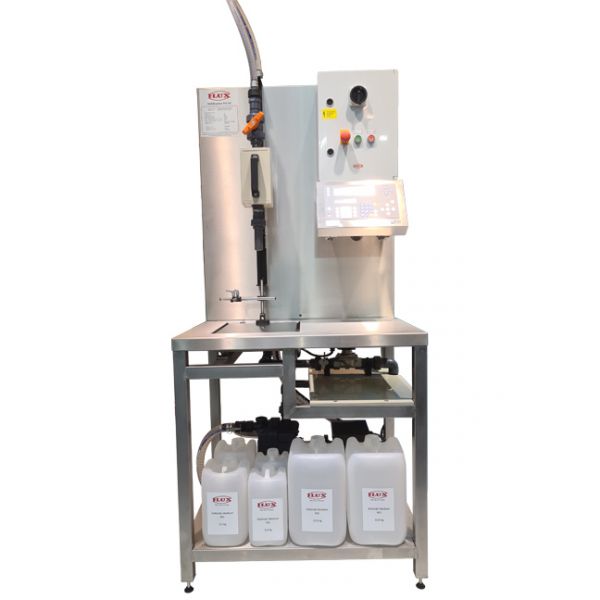What is viscosity? Simply put, it is the thickness of a fluid and its ability to flow. Viscosity is measured in Centipoise (cP) or Centistokes (cSt). For example, water has a viscosity of 1 cP at 20°C, whereas toothpaste is 100,000 cP. When you compare it to toothpaste, water is thinner and will flow a lot quicker and easier. In this instance, you’re never going to confuse the two and their viscosity, but when products have a generic term, it’s not quite so simple!
Is All Oil The Same?
When searching for an oil pump, simply stating that you need a pump for oil is not sufficient. It is important to consider the specific type of oil and its viscosity, as oils can vary greatly in these aspects. Failing to provide this information can result in issues with the pump’s performance or even the inability to pump the oil at all. If a customer requests a pump for motor oil, for instance, we would inquire about the grade of the oil to ensure compatibility. This is because different grades of motor oil can have significantly different viscosities, with SAE 10 having a viscosity of 50cP and SAE 40 having a much thicker viscosity of 540cP.
To ensure that you select the appropriate pump for your needs, a crucial question is, “Can you verify the viscosity?” When it comes to fluids like water, alcohol, and even milk, their low viscosities mean they offer minimal resistance to flow. However, with substances such as oil, varnish, yoghurt, or honey, viscosity plays a substantial role in determining the most suitable pump. As the viscosity increases, indicating a thicker product, it becomes more challenging to pump, necessitating the use of a pump specifically designed for higher viscosities.
Even once you have considered the fluid’s viscosity, it does not mean you are ready to buy a pump. Certain fluids have viscosities that can change based on the temperature at which they are pumped. The higher the temperature, the thinner the fluid becomes, resulting in a lower viscosity. Consider butter as an example. At 5°C, butter is solid and can be difficult to spread. However, at room temperature, it becomes more pliable. Heating it further transforms it into a liquid, making it easy to pour. Therefore, the temperature at which you pump the fluid will often be a requirement as well.
Let’s Dive into The World of Science!
Newtonian fluids are a classification for all liquids that maintain a consistent viscosity despite varying levels of shear stress and temperature. This category includes substances like water, alcohol, and mineral oil, which do not change their thickness or thinness even when agitated.
The viscosity of non-Newtonian fluids can change based on the product’s composition and its response to applied shear. There are four distinct ways in which the liquid can react: Dilatant (Shear Thickening), Pseudoplastic (Shear Thinning), Rheopectic, and Thixotropic. The high-viscosity dispensing equipment is used to increase stability, reduce contamination, and prolong product life.
Dilatant and Pseudoplastic fluids exhibit changes in viscosity based on the application of force. The provided graph illustrates that Dilatant liquids significantly increase in thickness when subjected to force, similar to a mixture of cornflour and water. On the other hand, Pseudoplastic liquids behave oppositely, becoming less viscous under increasing stress, just like tomato sauce.
Rheopectic and Thixotropic substances also experience changes in viscosity as a result of prolonged stress. For instance, whipping cream for an extended period of time causes it to thicken significantly, while stirring honey over time makes it more fluid.
The detailed information provided indicates that pumps designed for viscous fluids have specific requirements that influence your selection process. A provider’s goal is to ask the necessary questions to ensure they choose the appropriate pump for your application and avoid any incorrect choices.

